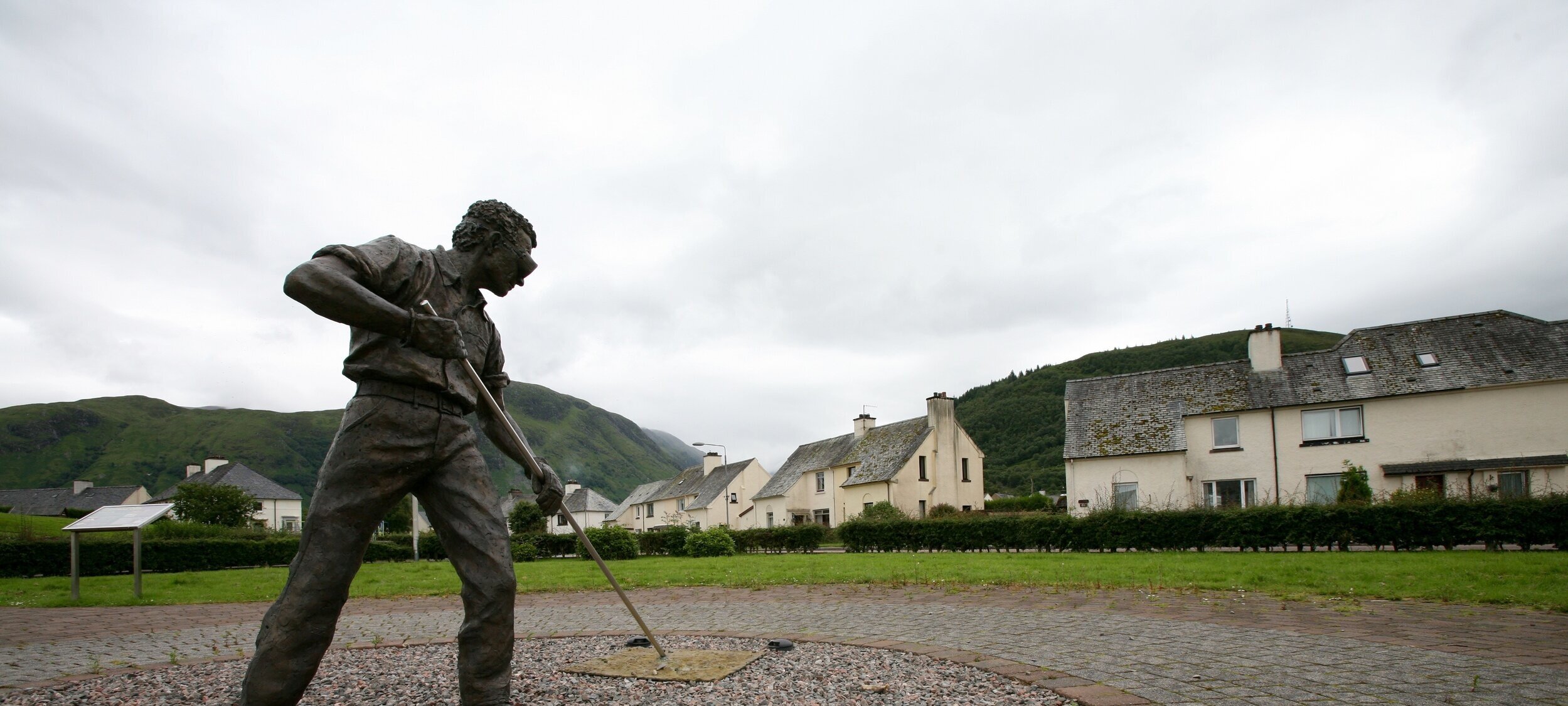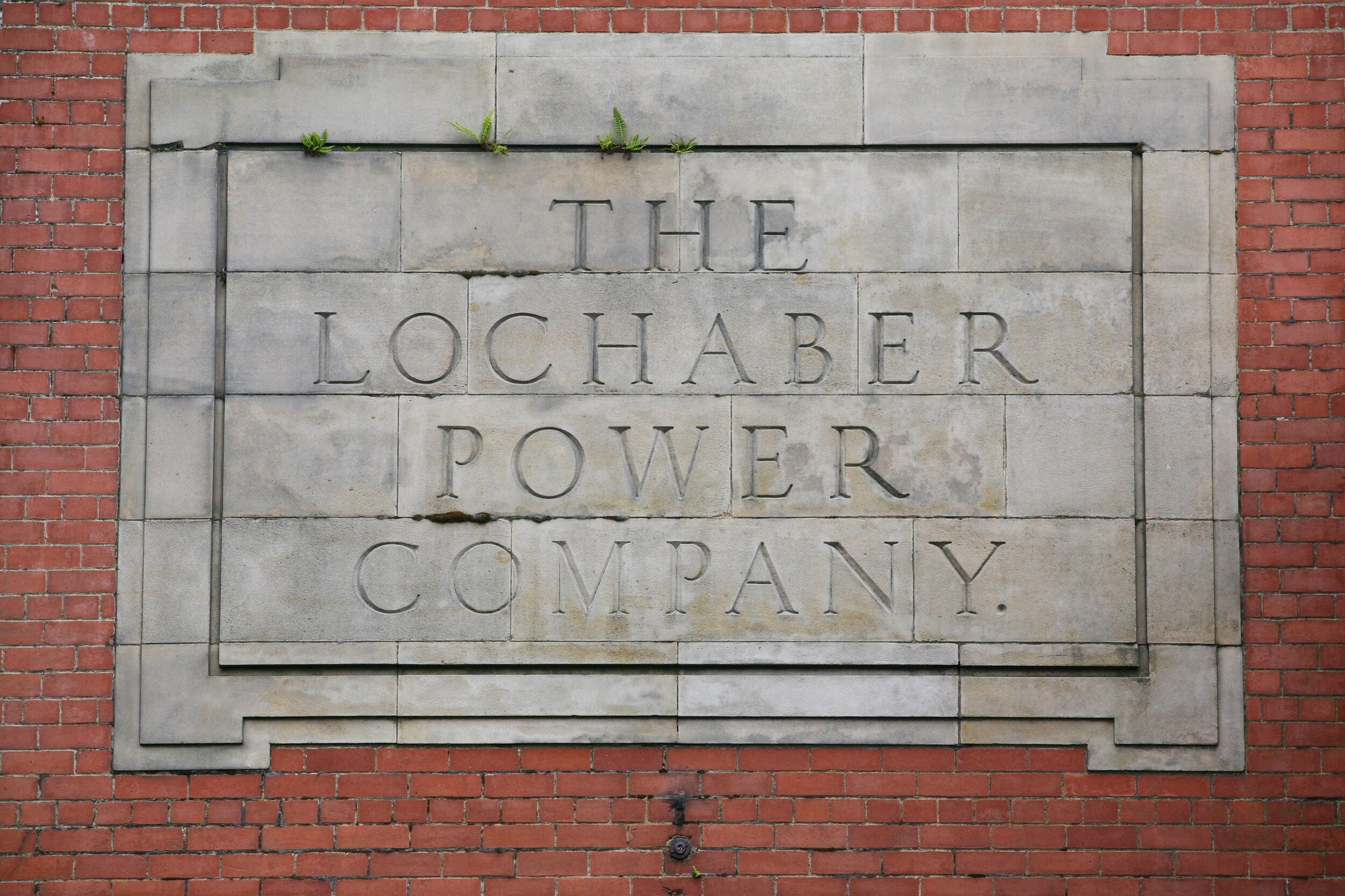
Our History
The landholding now known as JAHAMA Highland Estates was originally brought together to secure the water catchments for a ground-breaking aluminium production system powered by hydro generation.
In the early 1900s, the then British Aluminium Company bought large parts of Lochaber from aristocratic owners, including Killiechonate Estate, Inverlair Estate, Inverlochy Estate and Mamore Estate, with the purchase of Glenshero Estate in Badenoch following in the 1940s as the hydro scheme expanded.
Known at the time as the ‘Lochaber Water Power Scheme’, this extraordinary example of inter-war engineering saw the construction of a 15-foot diameter, 15 mile-long tunnel running from Loch Treig through the Ben Nevis mountain range to carry the water to Fort William. Along the tunnel are 14 additional intakes, which gather more water, and a now-defunct 23-mile narrow-gauge service railway known as the ‘Puggy Line’. This work was completed in 1929, and in 1934 the Laggan Dam, Treig Dam and a connecting tunnel were constructed to increase the capacity of the scheme.
In 1943, with the pressure of World War Two, the scheme was extended with Ministry of Defence support by the construction of the Spey Dam and a further tunnel from Loch Crunachdan to Loch Laggan. This progressive development meant that the final catchment area for the water resource amounted to approximately 304 square miles. This scheme is still operational today, more than 90 years after it first opened, and for the same reason: the GFG Alliance bought the Lochaber portfolio from Rio Tinto Alcan in December 2016 and we now produce sustainable aluminium at the Fort William smelter, a large and crucial local employer.
At the southern end of JHE, the Blackwater Reservoir scheme began construction in 1905 to provide power to the new Kinlochleven aluminium smelter. This scheme was also established by the British Aluminium Company. The largest British hydroelectric power station of its day not only powered the smelter, but caused Kinlochleven to become the first village in the UK to have every house connected to electricity: ‘The Electric Village’. Sadly, the smelter closed in June 2000 as it had become unviable. The hydro station remains operational, and we work closely with local community groups in this post-industrial era of the village.
For a more detailed history of JHE, we recommend the excellent books Clanship to Capitalism by Richard Sidgwick and The Puggy Line by Patrick Howat.

